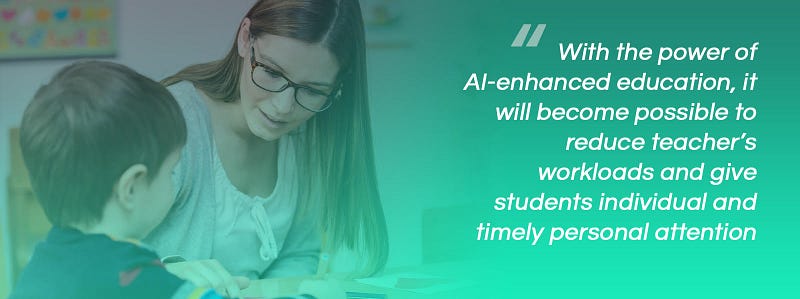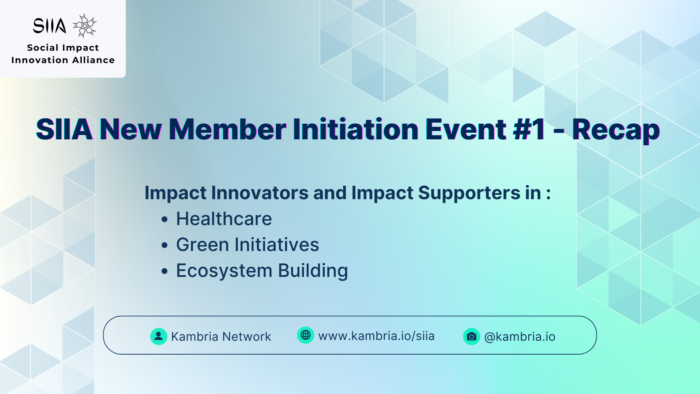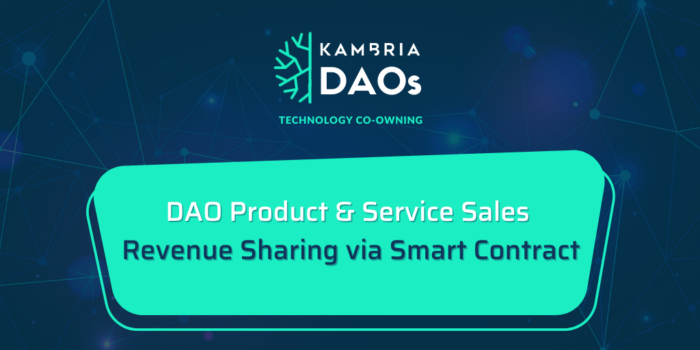With so much development around using AI to help improve our educational system, one big question is what will its impact be on the very nature of how we educate? How will our interactions with learning students change if we start relying more heavily on high-tech educational resources?
The global demand for artificial intelligence in the education market is anticipated to exceed $6 billion USD by 2024 (Source: Global Market Insights, Inc. 2018) and to grow by 47.5% by 2021 in the USA alone (Source: Artificial Intelligence Market in the US Education Sector 2017–2021 report). These statistics demonstrate our readiness to embrace new technologies that will assist with learning.

If a solution for the global shortage of teachers is not found by 2030, it is anticipated that 33 countries will not have a sufficient amount of educators to provide all children with a primary education (Source: UNESCO Institute for Statistics). The clear solution is to embed cutting-edge artificial intelligence technology into the education system. Although human teachers will always be crucial to education; growing populations and a shortage of teachers around the globe has brought forth the need to adopt practical technologies to assist teachers with their jobs and to match the demands of growing populations. With the power of AI-enhanced education, it will become possible to reduce teacher’s workloads and give students individual and timely personal attention, without the need to onboard more educators.

There are detrimental barriers that the development of AI education is currently facing, from lack of collaboration and cooperation between developers, to silos that restrict the flow of information between key players in the education ecosystem. Kambria is the project that plans to break down these barriers by creating an open innovation platform where collaboration between AI education developers can thrive. Developers on Kambria will be empowered to utilize technologies other companies have fabricated to effectively speed up the completion of their innovative education projects.
How AI is Fundamentally Changing and Improving Education
The current education system is riddled with silos that make the free-flow of information within the industry’s groups close to impossible. AI helps break down these silos significantly by offering new platforms and technologies to better connect educators and developers within the education space. Education silos act as barriers of communication for different classroom subjects, departments, and teachers.
A platform such as Brainly (https://brainly.co/) can be utilized universally across the education sector. The platform allows students and educators to connect while simultaneously granting them the ability to learn and teach every subject at the same time, seamlessly. This kind of innovative platform can be applied to any classroom, empowering teachers to break down silos between different classroom subjects, and opening possibilities for levels of cooperation that have been ultimately unseen in the education space.
AI also contributes to lowering costs for textbooks with the creation of Smart Content. Platforms exist that essentially utilize an algorithm to greatly condense information within a textbook, effectively reducing costs for schools. By reducing the amount of unnecessary and redundant curriculum in schools, students will be able to learn faster and engage in more in-depth conversations to further improve their education.
One of the biggest challenges of the current education system is the reality of students not being able to receive personalized timely attention due to large classroom sizes and overworked teachers. Technologies like Smart Tutoring help students that are too busy for after-school programs or are finding it difficult learning in the classroom setting. This technology alone is groundbreaking and could potentially allow millions of students worldwide to receive personalized attention they have never been fortunate enough to experience.
Additionally, there are virtual reality (VR) technologies that can utilize computer animation and AI to create simulated classroom experiences and virtual social interactions. Introverted or more apprehensive students will be able to share similar experiences with their peers without being forced to interact with others.
University of Southern California (USC) Institute for Creative Technologies uses AI, 3D gaming and computer animation to create realistic virtual characters and social interactions.
The solutions AI can create for the education system are evidently endless, and Kambria is excited to deliver a platform that will stimulate even more innovations in AI education development. The grow of AI will be able to assist in many various roles such as:
- Grading
- Support for teachers
- Support for students
- Allow teachers to act more as learning motivators
- Personalized help based on individual needs
- Identify learning issues earlier on in students and offer solutions
How Kambria Will Accelerate Innovations in AI Education Development
At Kambria, we’re passionate about creating an environment where AI education developers can collaborate in ways previously impossible. Instead of an environment of isolation and slow-innovation, Kambria offers up an ecosystem that will breed cooperation between AI education developers. Users of Kambria will be empowered to learn, collaborate and educate each other and open up discussions on a worldwide scale on new research, technology, and ideas.
Kambria is excited to deliver a platform that will potentially improve the education system tenfold, by speeding up the process of innovation in education. We believe Intelligent teaching will breed more intelligent humans who will create impactful innovations in many different verticals.
The Kambria Team
Website: https://kambria.io/
Whitepaper: https://kambria.io/Kambria_White_Paper_v2.pdf
Telegram (ENG): https://t.me/kambriaofficial
Telegram (KOR): https://t.me/KambriaKorea
Telegram (VIE): https://t.me/KambriaVietnam
Telegram Announcement Channel: https://t.me/kambria
Twitter: https://twitter.com/KambriaNetwork
Facebook: https://facebook.com/KambriaNetwork
Reddit: https://www.reddit.com/r/KambriaOfficial/
Email: info@kambria.io








